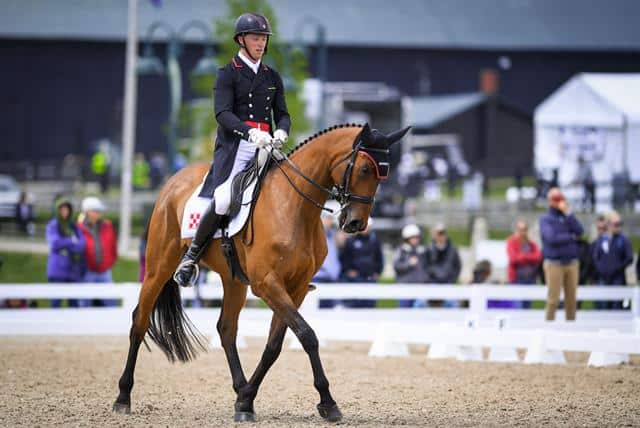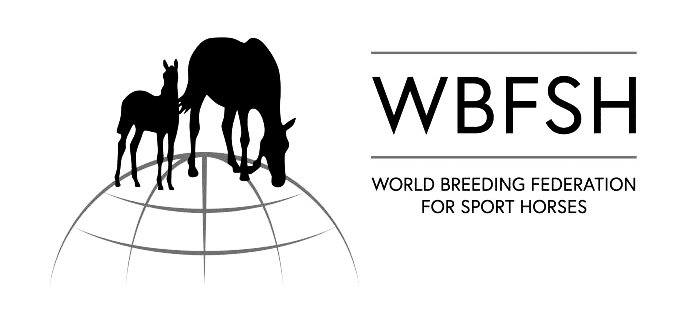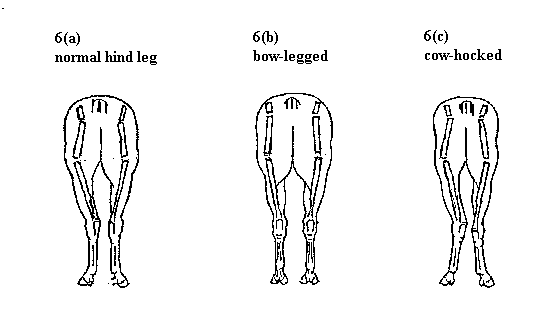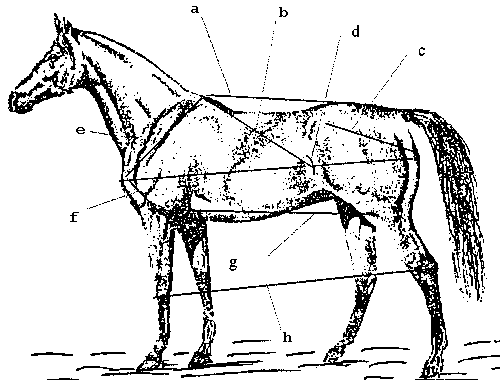Menu
The Trakehner is a European warmblood horse of East Prussian origin, the foundation for which was laid at the main stud farm established in the town of Trakehnen, East Prussia, by Frederick William I, in 1732. The breed’s name is derived from that world-famous farm, and the bloodlines of the Trakehner horse can be traced back to this source.
In the beginning, the native East Prussian horse was a stocky, strong animal that needed size and refinement. In the early 1800s, however, the Trakehnen breeders made the important and decisive decision to introduce English Thoroughbred and Arabian blood into the local mare population. Breeders began to focus on producing an athletic endurance horse that could serve as an efficient and powerful cavalry horse during wartime, but with the versatility to work on local farms during times of peace. The object, ultimately, was to add the size, nerve, spirit and endurance of the Thoroughbred to the strength, stability and nobility of the native breed. Further enhancement of the breed came with the strategic addition of Arabian blood into the herd population where additional refinement was desired.
The Trakehner of today is a large horse, standing generally between 16 and 17 hands. The breed is characterized by substance and bone, yet displays surprising refinement, perhaps more so than any other European warmblood breed. It is a superb performance horse with natural elegance and balance. It excels in dressage because of its elegant way of moving – the light, springy, “floating trot,” and soft, balanced canter, made possible by a deep, sloping shoulder and a correct, moderately long back and pasterns. With its characteristic powerful hindquarters and strong joints and muscles, the breed also produces outstanding jumpers and event horses. However, perhaps the most outstanding attribute of the Trakehner is its temperament. It is keen, alert and intelligent, yet very stable and accepting and anxious to please.
All over the world, Trakehner horses continue to excel in dressage, eventing, show jumping, and combined driving. Recent successful Trakehners include Dalera BB TSF, a multiple World, Olympic, and European Champion in dressage, and Tsetserleg TSF and Vandiver – both representing the United States in the 2020 Tokyo Olympics, with Tsetserleg also appearing on the U.S. Silver Medal team at the World Equestrian Games in Pratoni, Italy in 2022.









